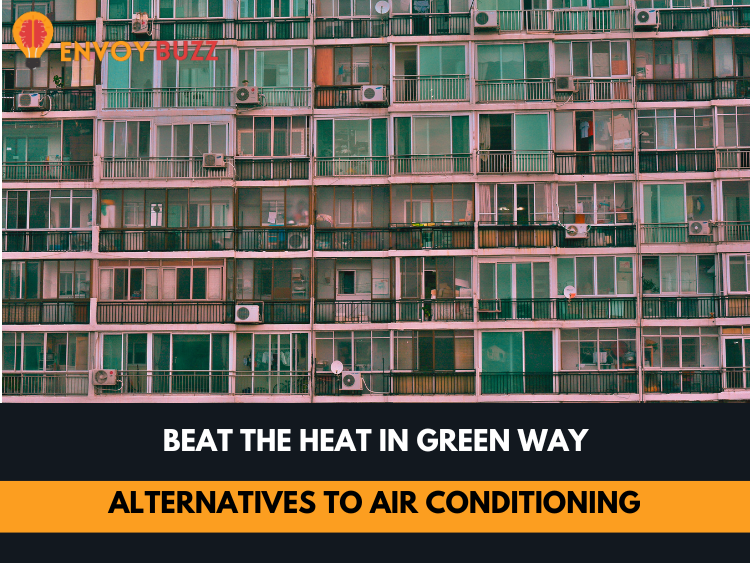In an age where climate change looms large and sustainability takes center stage, the pursuit of cooling solutions that go easy on the planet has become increasingly crucial. As we grapple with rising temperatures, it’s imperative to seek out eco-friendly alternatives to conventional air conditioning systems.
In this blog, we will delve into the research conducted to achieve passive cooling within naturally conditioned buildings in hot, arid climates, without relying on active cooling systems.
There is an increasing need for cool living spaces as the earth gets hotter. However, because air conditioners consume a lot of energy and produce strong greenhouse gases, they play a significant role in global warming.
A recent study conducted by teams from McGill University, UCLA, and Princeton has unveiled an affordable and eco-friendly substitute for mechanical cooling using refrigerants in hot, arid regions. Additionally, the research provides a solution to alleviate the impact of hazardous heatwaves during power outages.

Image Credit: “Passive radiative cooling to sub-ambient temperatures inside naturally ventilated buildings” by Remy Fortin et al., was published in Cell Reports Physical Science.
The researchers embarked on a mission to address the challenge of achieving a novel standard in passive cooling for naturally conditioned buildings in hot climates, such as those found in Southern California. They explored the utilization of roof materials capable of radiating heat into the cold expanse of the universe, even when exposed to direct sunlight. Additionally, they investigated how to synergize these cooling materials with temperature-regulated ventilation systems. While these cooling materials and coatings have traditionally been employed to prevent roofs from overheating and to enhance heat dissipation from cooling units, there remains untapped potential to fully integrate them into architectural designs. This integration could not only facilitate the passive removal of indoor heat into outer space but also promote regular and healthy air circulation.
Remy Fortin (lead author and PhD candidate at the Peter Guo-hua Fu School of Architecture) said:
“We found we could maintain air temperatures several degrees below the prevailing ambient temperature, and several degrees more below a reference ‘gold standard’ for passive cooling,”
“We did this without sacrificing healthy ventilation air changes.”
This presented a significant hurdle, particularly because air exchanges tend to introduce warmth when the goal is to maintain a room’s temperature lower than the outdoor environment.
The researchers anticipate that areas affected by dangerous climate heating and heat waves will benefit from the application of their results.
Salmaan Craig (Principal Investigator for the project and Assistant Professor at the Peter Guo-hua Fu School of Architecture) said:
“We hope that materials scientists, architects, and engineers will be interested in these results, and that our work will inspire more holistic thinking for how to integrate breakthroughs in radiative cooling materials with simple but effective architectural solutions,”
This breakthrough serves as a beacon of hope for regions affected by the growing challenges of climate heating and heatwaves. The researchers’ work paves the way for a more sustainable and eco-conscious approach to cooling our living spaces. It is our hope that materials scientists, architects, and engineers will find inspiration in these results, leading to further innovation and a brighter, cooler, and more sustainable future for all.
In the face of climate change, let us continue to explore and implement solutions that not only keep us comfortable but also protect the planet we call home.
Courtesy: McGill University
For more news on sustainability visit Envoybuzz.

